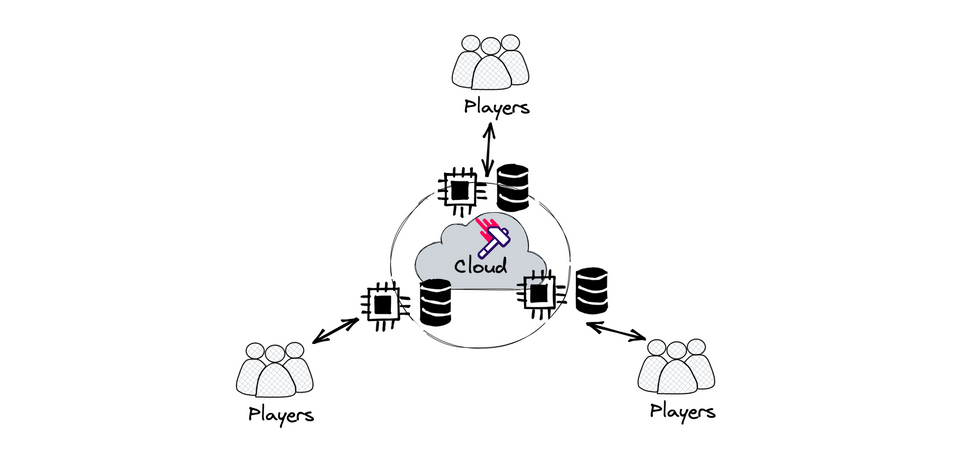
Technical Blog
Why is AWS so expensive?
Background If you were a company that needed compute resources in the 1990’s and early 2000’s, the prevalent model was purchasing and maintaining your own servers, either in your own datacenters or through colocation services. AWS rapidly transformed the landscape with the launch of EC2 in 2006, allowing









